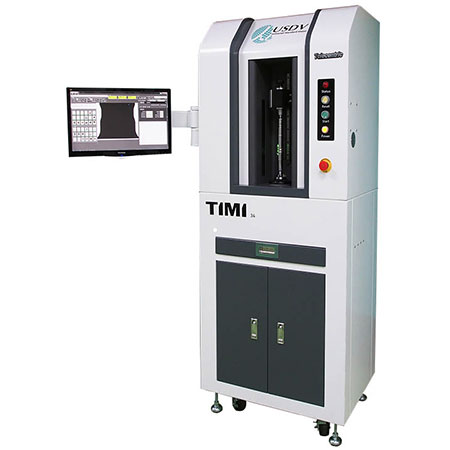Online Inspection of Mill-Turn Parts
Desktop Type
TIMI_F
Online Inspection of Mill-Turn Parts
Application Overview
Mill-turn components are widely used in automotive, aerospace, and industrial machinery applications due to their complex geometry and multi-process precision requirements. One of the most critical tasks during dimensional inspection is accurately positioning milling planes and drilled hole positions on the shaft side, which are essential for ensuring assembly accuracy and functional integrity.
As manufacturing moves toward automated and in-line quality control, the ability to perform fast, accurate inspections directly on the shop floor has become a key driver of production efficiency. Traditional CMMs, while precise, are often impractical for real-time inspections due to the cost, profession requested and dependence on controlled lab environments.
Inspection Challenges
- Difficulty in locating complex surfaces such as angled milling planes or lateral drilled holes, especially when parts are rotated or asymmetrical
- CMMs are restricted to lab use, requiring parts to be transported off the production line, leading to workflow disruptions
- High equipment cost and slow inspection speed make CMMs unsuitable for high-throughput production environments
- Manual tools lack the precision and repeatability needed for complex composite geometries
Solution & Benefits
The TIMI series optical measurement system offers a compact, efficient, and highly accurate solution for the online inspection of mill-turn components, particularly for detecting and measuring milling planes and drill holes on the shaft side.
Key Features:- High-precision edge detection for milling plane detection
- Accurate and rotational inspection of drill holes on shaft sides
- Non-contact, fully automated operation for consistent results
- Compact footprint, ideal for on-site deployment next to CNC machines
- Replace CMMs in most use cases with faster inspection time and lower cost
- Enable real-time feedback for in-process quality control
- Reduce operator dependence and eliminate manual measurement errors
- Improve production line efficiency, traceability, and quality consistency



